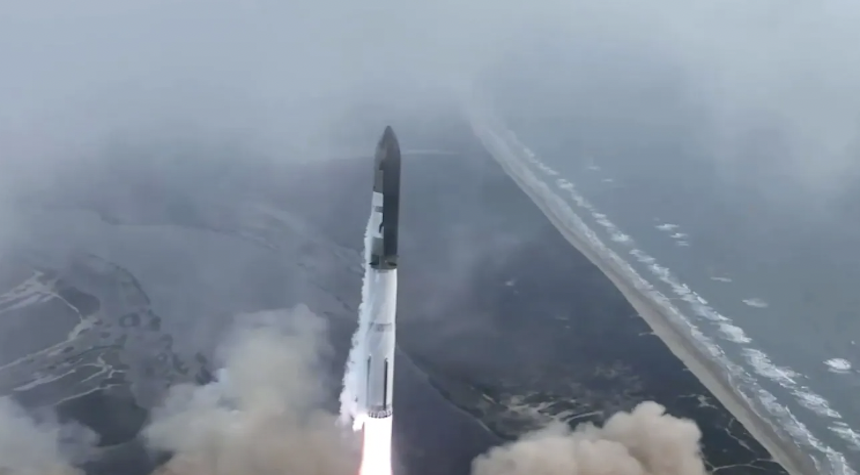SpaceX has released stunning photos of the Starship’s latest wet dress rehearsal, which is scheduled to take place next week in preparation for Test Flight 4.
SpaceX is hoping to improve on the success of its first three launches and avoid repeating the mistakes. With the first two launches, the biggest problem was that engines either did not ignite or continued to fire after launch. Super Heavy, the largest rocket ever built, uses 33 engines for the first stage. This is a record.
SpaceX’s Falcon 9 commercial rocket, which is reusable, has cut the cost of mass launch into orbit by 40%. This was a previously unimaginable and huge reduction. Starship’s thrust and cavernous cargo space, along with its rapid reusability, promise to save a lot of money over Falcon 9. It can also carry up to 100 people on “long duration interplanetary flights,” the company claims.

I’ll explain it in more straightforward terms. Falcon 9 can launch up to 23 half-size Gen2 Starlink internet satellites in Low Earth Orbit for a cost of approximately $67 million. Starship can carry 60 full-size satellites, with a cost of between $2 and 5 million per launch.
NASA cannot even launch a rocket for less than two million dollars. (I joke, but only by a small amount)
Let’s look at those photos that I promised.
Starship and Super Heavy loaded with more than 10 million pounds of propellant in a rehearsal ahead of Flight 4. Launch is targeted as early as June 5, pending regulatory approval pic.twitter.com/lss0brCZgN
— SpaceX (@SpaceX) May 29, 2024
This first picture, which is the one at the top of this article, looks like a Space Shuttle.
If the Space Shuttle was designed by the same people who created Buck Rogers in the 1930s. She is indeed a beautiful woman.
Wet dress rehearsals (WDR) consist of filling a rocket up with super-combustive fuel mix and performing all the parts of the launch countdown but without actually launching. The Starship rocket that will be used in next week’s test has already been through two wet dress rehearsals. Since SpaceX is still planning a flight on June 5, it appears there are no issues with the rocket.
If the FAA gives its regulatory approval on time.

Musk was criticized this week by a New York Times article accusing him of using “his vast power and his influence to try to keep rivals at bay.” Dan Piemont of ABL Space Systems, however, said that he disagreed with this NYT article. I admire SpaceX, and welcome their successes. Here you can read his complete (and very thorough) rebuttal to the NYT article.
Boeing’s Starliner will conduct its first manned flight on Saturday, 1 June, carrying mission commander Barry Wilmore, and pilot Suni William on a Crew Flight Test to the International Space Station. CFT was delayed twice, first because of an issue with the Atlas launch vehicle and second because of a small leak of helium in the propulsion systems that revealed a design defect.
This is going to make for an exciting few days, assuming that SpaceX gets regulatory approval from FAA and Boeing & NASA work out all the bugs in Starliner.

